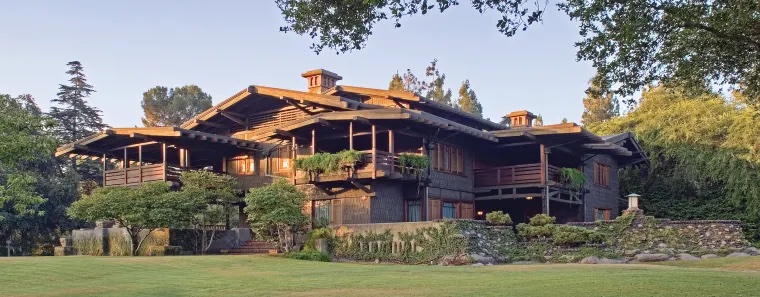
Written by Redmond J. Barnett
Pasadena is noted for its early 20th-centutry architecture. By 1900, the balmy Southern California climate attracted winter visitors from the East and Midwest. Along the bluff overlooking the Arroyo Seco, the Gambles of Cincinnati, the Wrigleys of Chicago, the Fenyes of New York, and others laid out Orange Grove Avenue and along its "Millionaires Row” built mansions.
And such mansions! People attending the 2023 WMA Annual Meeting will have the rare opportunity to see two of them during one event. The Fenyes Mansion was built in the international Beaux-Arts style and could just as well have been located in Paris, Atlanta, Newport, or Omaha. The Gamble House, on the other hand, was built for Southern California by the eminent architects Charles Sumner Greene and Henry Mather Greene – “Greene & Greene,” as they and their houses are known.
I have a personal interest in Greene & Greene, because I grew up in a house that they designed. Let me share that perspective with you.
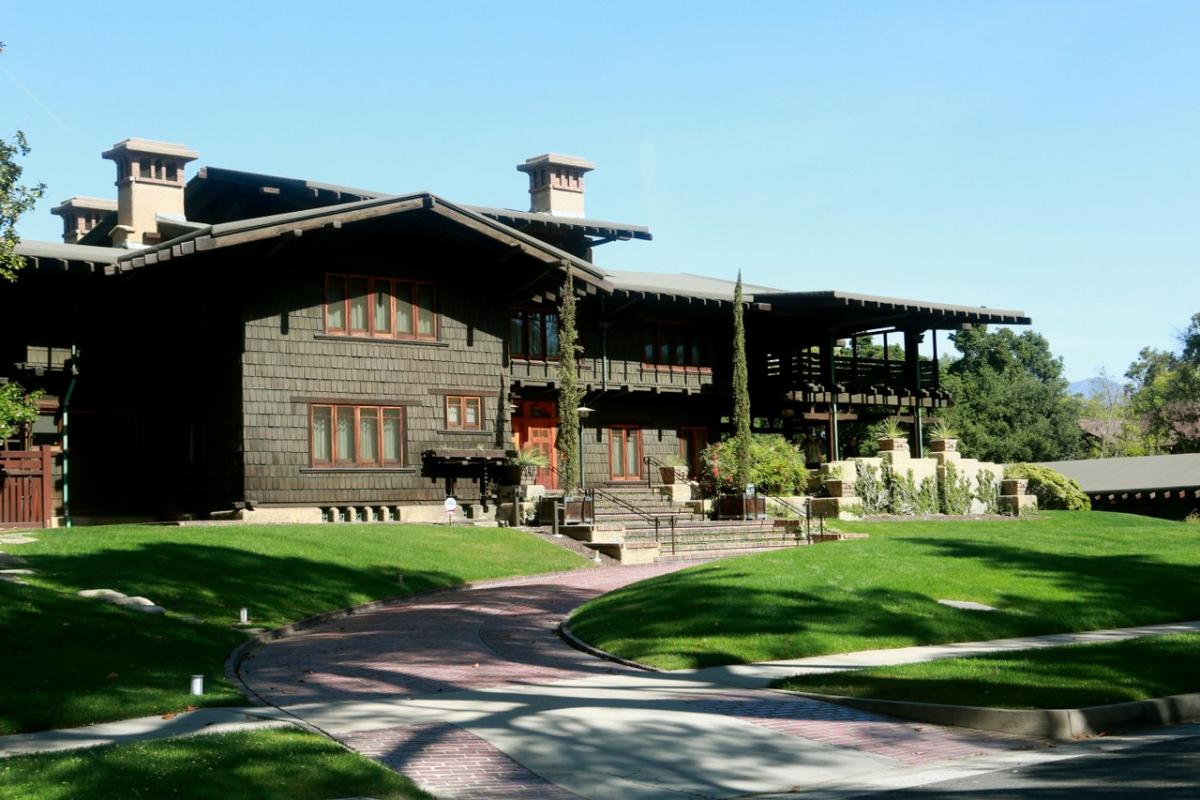
Photo courtesy of Visit Pasadea
The Gamble House
Of the 63 homes that the Greenes designed in the Pasadena area, the Gamble House (1908) is widely thought to be their masterpiece. Annual Meeting attendees who visit the house can see why.
As you approach the house, you can see its striking horizonal lines reinforcing each other --- banks of close-set windows, sleeping porches, different rooflines– all fitting snugly into the site. The overhanging eaves cast changing patterns of light and shadow during the day.
Inside, you may notice an overall impression of spaces flowing seamlessly into other spaces, or discover at the staircase the interplay between polished wood walls and small round wood pegs. Stained glass doors and light fixtures provide further contrast. Some visitors sense a Japanese influence; others see it as an example of Gustav Stickley’s Craftsman style.
Behind all this was a brash American philosophy. Charles Greene might have been criticizing the Fenyes Mansion when he complained of houses that resembled Greek temples or the Paris Opera House. Instead, he said, architects should use simple materials – brick, stone, wood, plaster -- and make those simple materials beautiful.
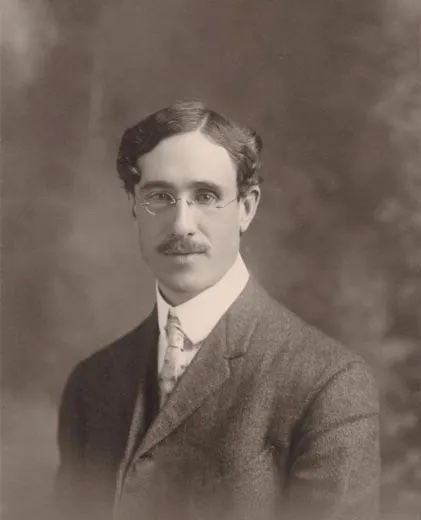
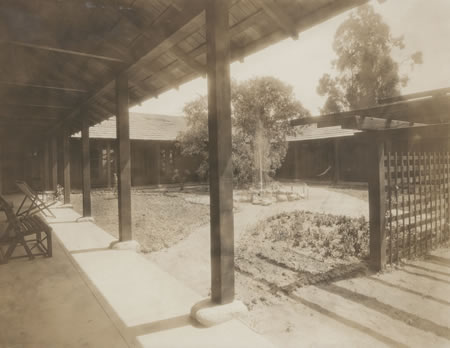
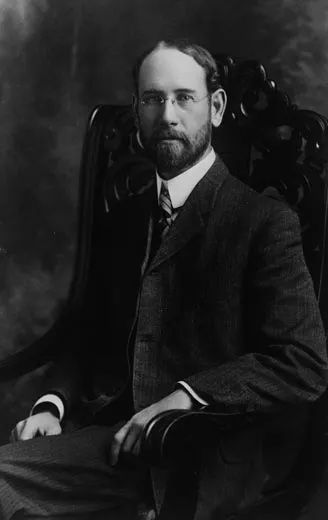
House photo courtesy of The Gamble House: Architecture as a Fine Art; portraits (LtoR: Charles Greene and Henry Greene) courtesy of Smithsonian Magazine
Greene and Greene and Me
Between the ages of nine and 17, from 1953 to 1961, I lived in a Pasadena house designed by Greene & Greene. Not just any house, but the one described by curators at the Huntington Library as “the first example of the Greenes’ designing for the California climate and lifestyle.”
My family’s house was called by the name of its first owner, the Arturo Bandini House (1903). Architectural historian Randell Makinson writes that with this house, the Greenes began developing “… an architectural style which quickly influenced and changed American home design.” The Greenes regarded it as a turning point in their architectural development.
The house was a one-story U-shape, with almost every room opening onto a covered veranda around the courtyard. A fountain played in the middle, and a pergola screened the open side of the courtyard. Its strong horizontal lines and close links between indoors and outdoors prefigured the Gamble House, among other later works. Although two of the three wings burned down in 1923 -- replaced by another architect’s design – my bedroom was in the surviving Greene and Greene wing.
And yet, the inside looked nothing like the Craftsman woodwork so celebrated at the Gamble House. The walls were simple vertical redwood boards, with their joints covered by three-inch wooden strips called battens, as if in a barn or a mountain cabin. Photographs show that the public rooms had the same wall treatment. In later houses, the Greenes used wide overhanging roofs for temperature control and to explore the play of light, but not here. We had to install bamboo blinds to keep the heat of the western sun out. The Bandini House marked only the first, halting steps on the path to the Greenes’ greatness,
The house was demolished in 1961. (The Huntington has displayed a re-creation of the Bandini House’s pergola in its Galleries of American Art). Considered as fine art, my bedroom walls had no claim to preservation. But considered as a record of the first steps towards the Greenes’ design maturity, some part of those walls deserved to have been saved or re-created for display.

Photo courtesy of The Huntington
And More
As of 1976, 42 Greene & Greene houses survived in the Pasadena area; in 2023, there seem to be nine near the Gamble House alone. And Pasadena has other architectural gems, as well. The City Hall/Public Library/Civic Auditorium group, for example, is one of America’s most impressive public spaces.
Annual Meeting attendees who take a little time with Pasadena’s architecture will find their efforts well rewarded.
About the author: Redmond J. Barnett grew up in Pasadena, headed the exhibits program at the Washington State Historical Society, and was President of the WMA from 2014 to 2016